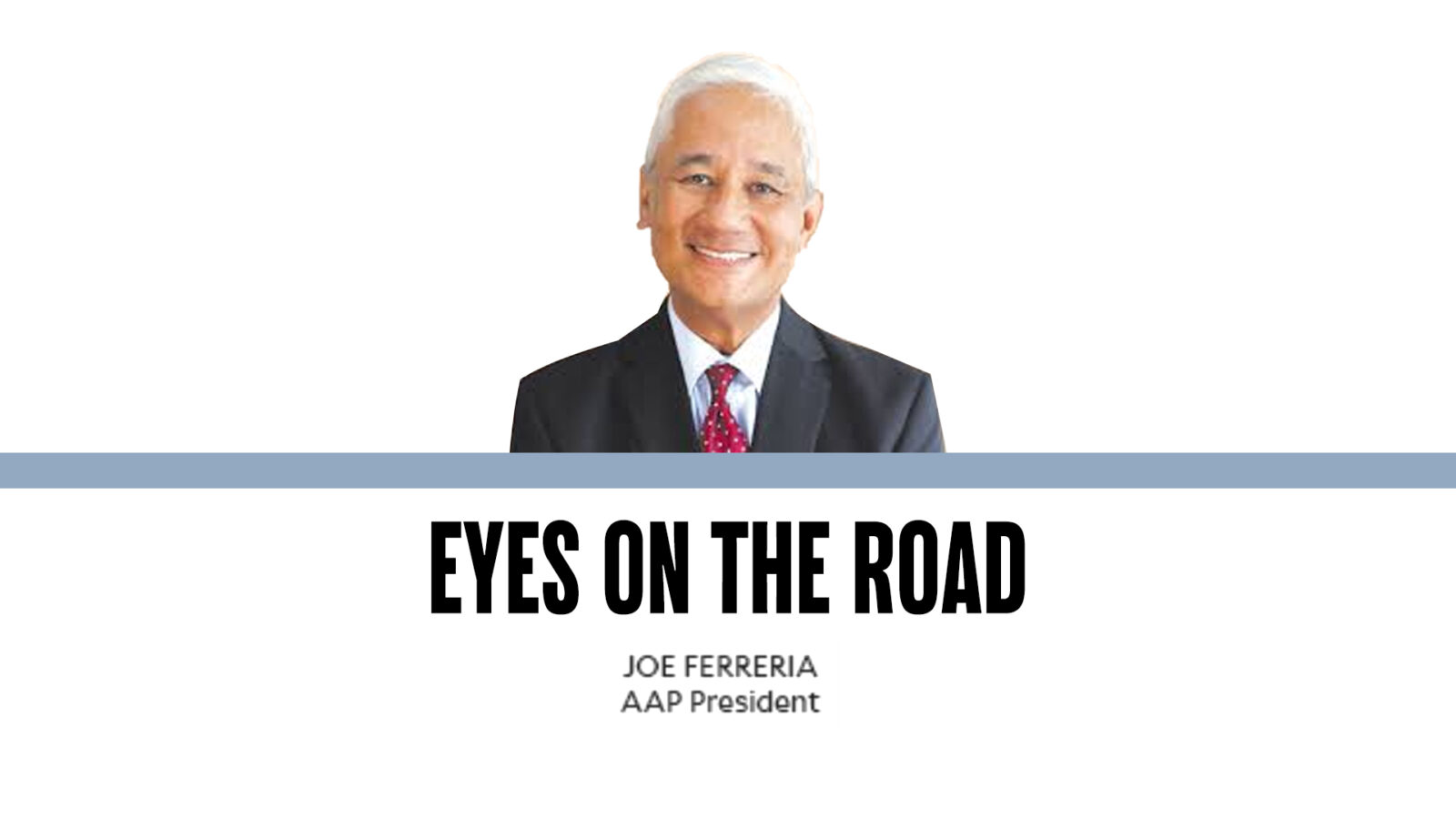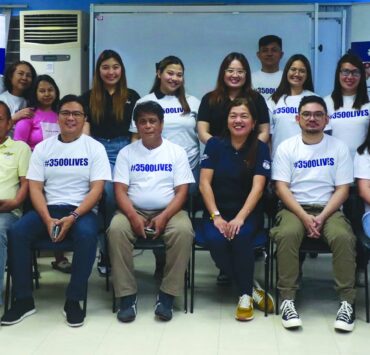Changing the Road Safety Mindset: A Call to Action

When the light turns green, drivers can run over people on the pedestrian lane?
When I was recently interviewed by ABS-CBN about an accident along Taft Avenue, Manila, some of the reactions were so polarized that I thought it might escalate into a fistfight.
As a public figure, I have grown accustomed to criticism. Initially, it can be irritating, but over time, you learn to smile and even be amused. My daughter was quick to remind me not to engage with detractors, cautioning me that doing so would only fuel the debate further. Stirring the hornet’s nest was enough.
In contrast, my previous interviews on road safety, driver discipline, and pedestrian awareness would typically receive polite acknowledgment. People would mention seeing me on TV or hearing me on the radio, but rarely did they engage in meaningful discussions about the issue.
However, one thing remains clear amid the noise: Many people are still unaware of the fundamentals of road safety.
The law may grant motorists the right of way when the light turns green, but does that give drivers the right to run over people on the pedestrian lane? In the recent accident, video footage shows that the driver was already speeding past two or three corners before the incident. A high-powered motorcycle can accelerate to 100 km/h in just four seconds and reach top speeds of over 300 km/h.
This highlights a critical issue: the problem isn’t just the law—it’s the driving mindset. Many drivers treat road rules as mere suggestions rather than strict guidelines to ensure safety.
Take, for example, the yellow intersection boxes. Even when the traffic light turns green, drivers should not enter the box if the lane ahead is congested. Doing so only results in gridlock. In some areas, traffic officers effectively manage this situation, but without consistent enforcement, it quickly spirals into chaos—a “carmageddon.”
Interestingly, driver behavior changes in places like Bonifacio Global City (BGC), where motorists often stop—even with a green light—to allow pedestrians to cross safely. Why does this happen? The answer is simple: consistent enforcement.
Stories of traffic discipline at Clark Air Base under American administration further prove this point. Drivers strictly followed speed limits, stop signs, no-parking zones, and traffic lights. Yet once outside the base, many reverted to their reckless driving habits.
If we truly want safer roads, it requires two things: strong enforcement and a fundamental shift in driver mindset. Our poor road safety culture stems from a lack of proper education, starting from the licensing process itself.
Changing people’s behavior usually requires either a personal tragedy or a major life-changing experience—both of which are beyond our control. What we can control, however, is education.
We must start early, integrating road safety education into elementary and high school curricula. It is a long-term solution, but one that promises lasting benefits.
To address this, the Automobile Association of the Philippines (AAP) Advocacy Department, led by Cynthia Reyes, is planning a comprehensive 2025 program to immerse an entire city or town in road safety education. Mandaluyong has been chosen as the pilot city. Our internationally recognized “Stay Bright Program” for children will be at the forefront of this initiative. Experts will initially run the program, after which trained volunteers will take over to ensure its continuity year after year.
If we want safer roads, we all need to take part. VOLUNTEER. Together, we can drive change—one step at a time.





















